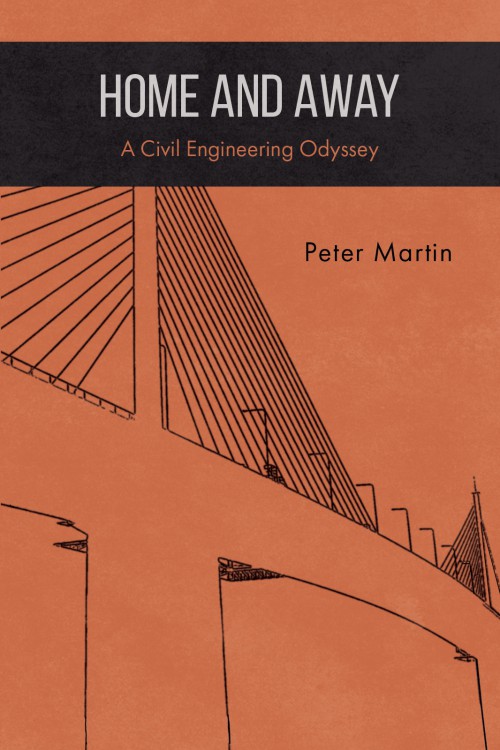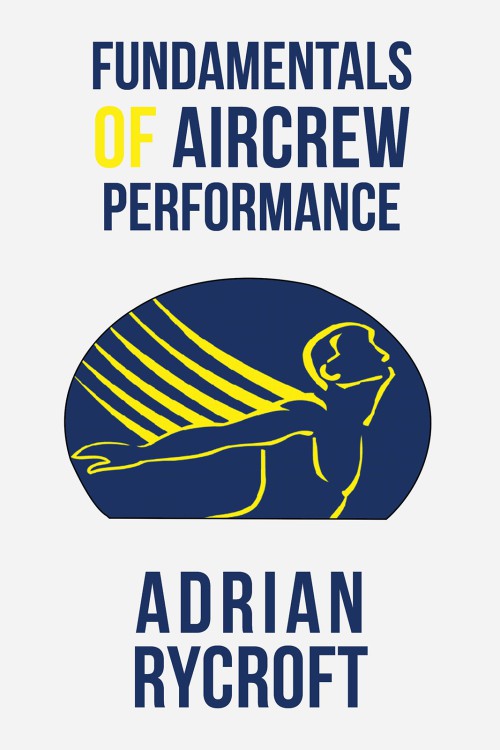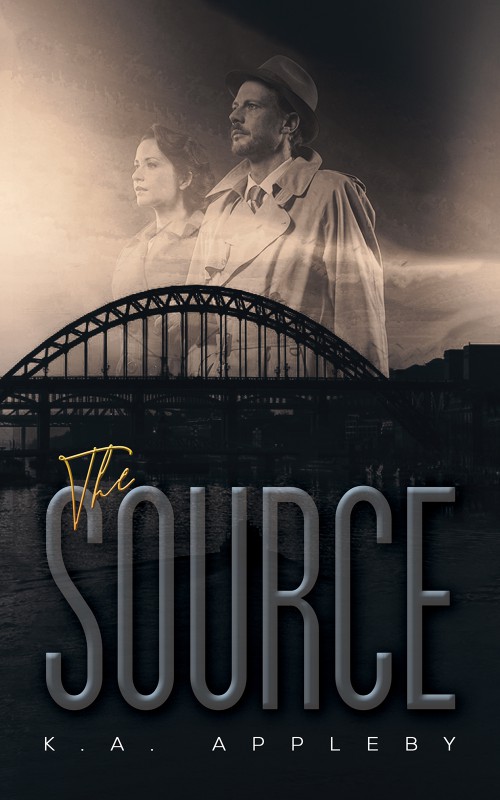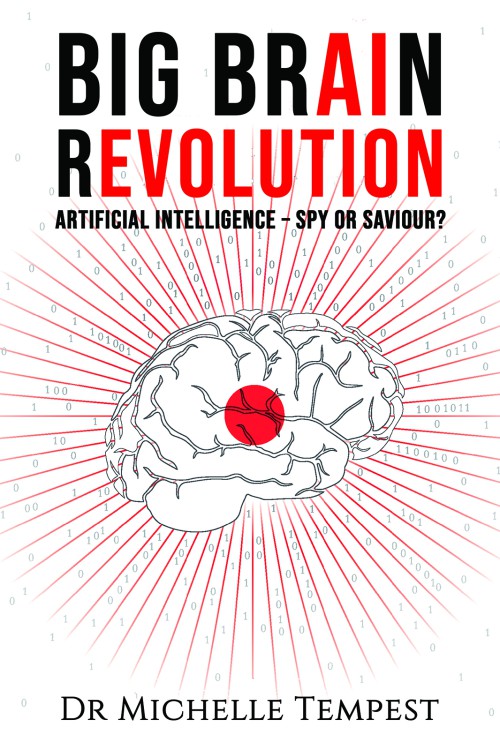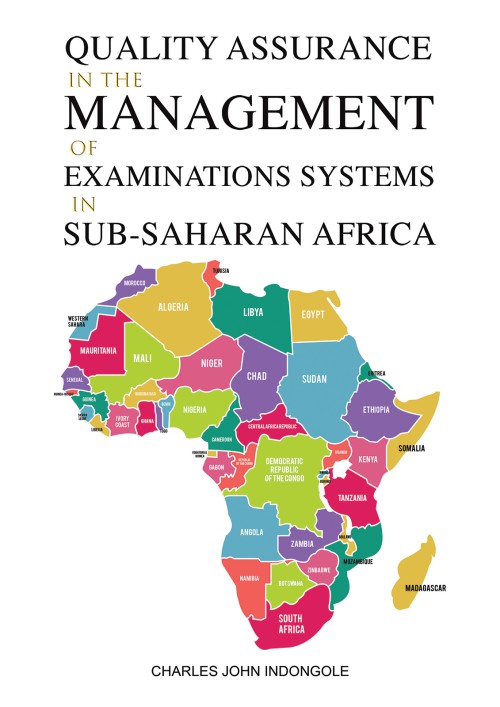Home and Away – A Civil Engineering Odyssey draws on the author’s long career as an engineer responsible for many projects around the world. In the memoir he highlights some of those projects with descriptions of the design processes and the construction methods used to bring the works to successful completion, keeping technical detail to the minimum needed for the reader’s understanding of the projects. Personal reminiscences of his travels complement descriptions of life as an engineer.
Developments in analysis of structures during the author’s working life have enabled all manner of structures to be designed to display elegance of form in a natural way without unnecessary embellishment. Practising engineers understand the satisfaction to be found in designing such engineering works and seeing them built as they envisaged. It is hoped the author’s enthusiasm for his work as expressed in the memoir may inspire others to become the civil engineers of the future.

